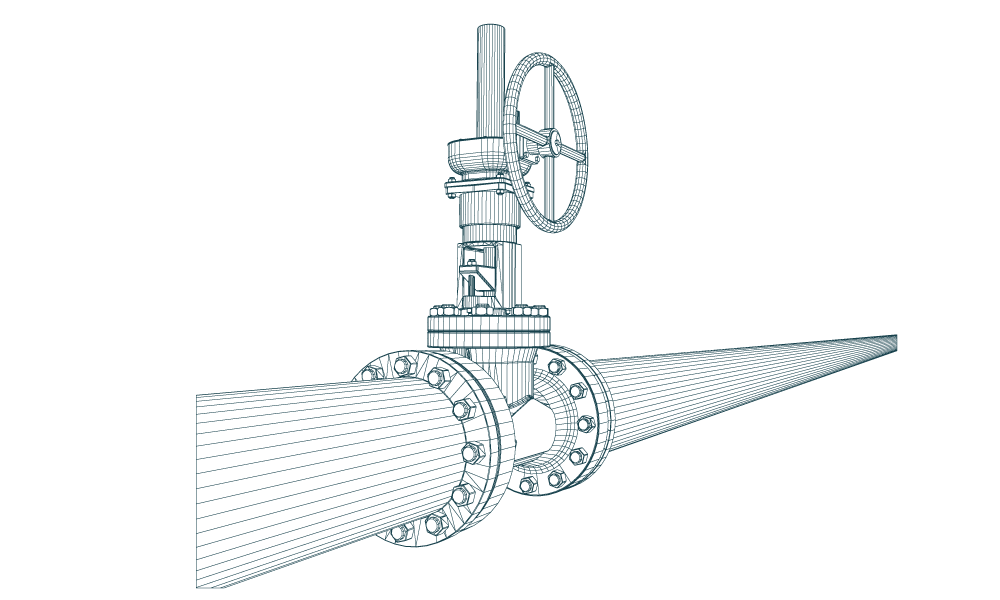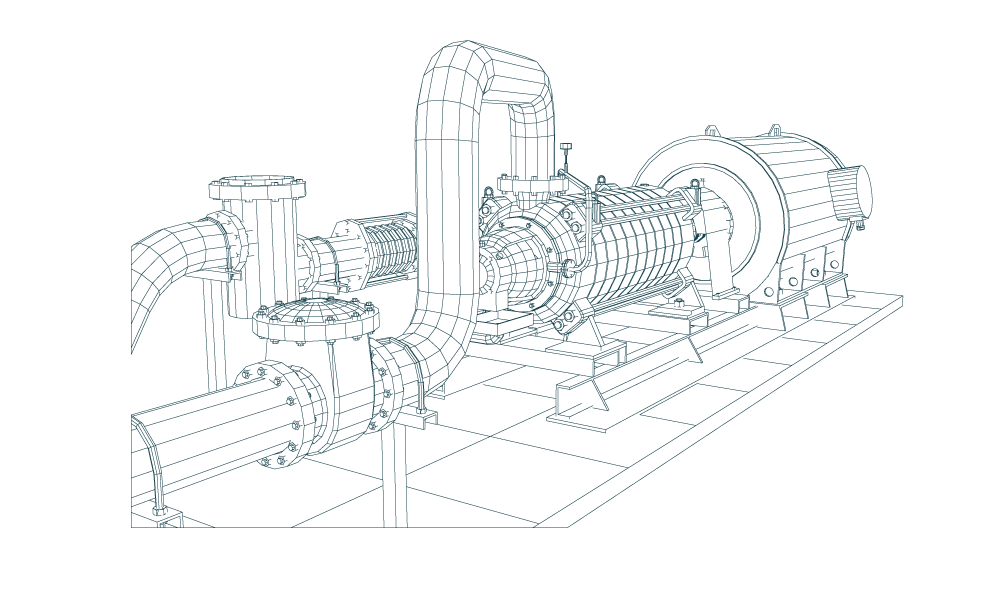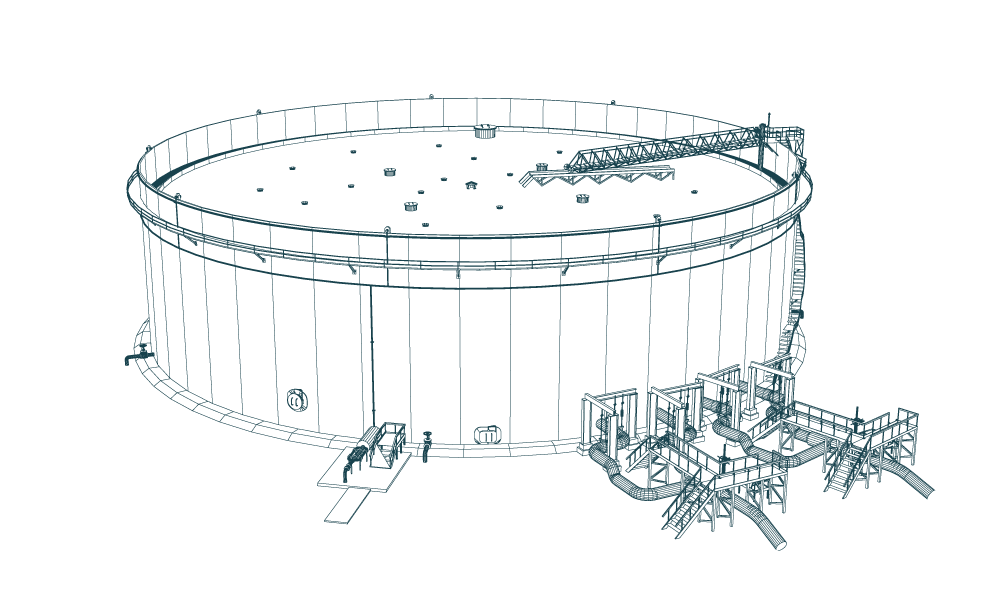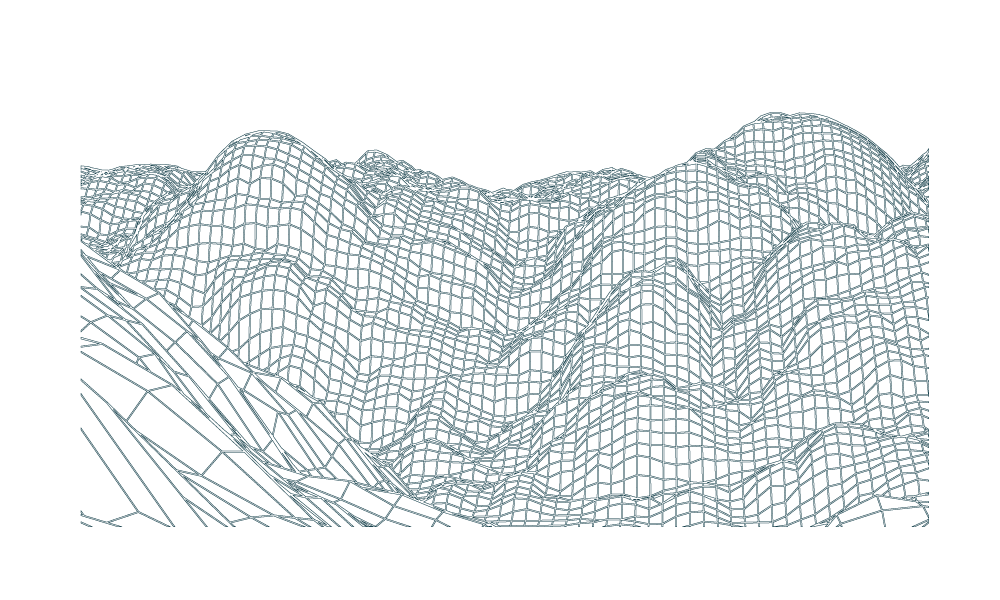PCS® Insights
Sharing Industry Knowledge, Lessons-Learned and Published Presentations
An Alliance for the Future
Oil & Gas Industry and Louisiana Coastal Restoration
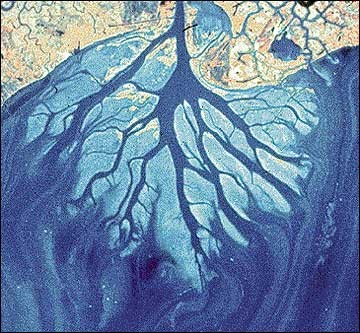
A national and world treasure, the Louisiana coastal wetlands are in a continued state of deterioration; it is critical that large meaningful restoration and preservation efforts be developed and implemented in a timely manner.
Why should the oil and gas industry be concerned? What is truly at risk?
Besides the softshell crab almondine at Galatoire’s or charbroiled oysters at Drago’s (both dishes we have come to enjoy), access to our rich oil and gas fields, protection of our energy infrastructure and the wellbeing of our communities are also in jeopardy. Project Consulting Services, Inc. (PCS) is intimately involved with various coastal protection and wetland restoration efforts shown in the map below. PCS’s professionals are engaged with the development of the projects and the stakeholders affected by the projects. We are evaluating the restoration efforts to determine how these projects may impact the future of the landowner and the oilman. Landowner concerns, industry interests and restoration efforts must work in partnership for the benefit of all.

Created, transformed, and nurtured by the mighty Mississippi River over the ages, Louisiana’s ever-changing coastal wetlands have been the source of great opportunities for its inhabitants. Louisiana’s rich and diverse heritage, unmatched anywhere, is a direct result of these bountiful lands. These coastal lands have continuously yielded impressive resources from above and below the surface. As such, this hardy yet sensitive deltaic ecosystem has and continues to be under assault by both natural and man-induced processes and activities.




Wetland Loss from Natural Processes and Man-Made Activities
Why are we losing coastal wetlands?
The loss of coastal wetlands has historically been attributed to cultural encroachment, oil and gas activities, levee systems, large-scale inland navigational canals/channels, and channelization of the Mississippi River. It is true that these activities were responsible for both direct and indirect wetland losses throughout the lower delta; however, natural processes are also at work. South Louisiana is composed primarily of loose unconsolidated alluvial depositional material that is subjected to high subsidence rates, surface faulting, erosional episodes, and sea-level rise. It is critically important to acknowledge and understand the causes to better implement coastal restoration efforts. For this discussion we are interested in recognizing the need to protect and restore the coastal wetlands to the maximum extent possible.

Photo comparison of the lower LA Hwy 1 corridor between Golden Meadow, Port Fourchon and Grand Isle from 1932 to 2011
The Effects of Wetland Loss
Why is it imperative we do something about it?
The productivity of Louisiana’s coastal waters, marshes, swamps and forests is unrivaled. The estuaries offer bountiful harvests of fish and wildlife while providing recreational opportunities and hydrocarbon production. This area, known as the Sportsman’s Paradise, is also a delicate balance between nature and man and requires protection. As wetlands disappear, the harvest of our fish and wildlife will be affected. Our water quality will deteriorate along with our protection from tropical storms.Communities will ultimately become exposed and lost, due to the need for possible relocation. Oil and gas infrastructure not designed for open water will become vulnerable, the associated production lines will become exposed and the all-important pipeline system that supports and energizes our great nation will become vulnerable. The swift ebb and flow of the tidal currents will more frequently expose and suspend pipelines. This situation can and will result in lost production, transportation capabilities, environmental concerns (pipeline integrity concerns) and public safety. Therefore, as the coastal ecosystem goes, so goes the security of the region’s resources, communities and energy infrastructure. No one wishes that fate; therefore, efforts must be taken to protect and restore these wetlands for our children and the generations to follow.
The map below depicts the expansive pipeline systems that transport oil and gas resources from offshore operations to onshore refinement and distribution. This pipeline system provides prosperity to our nation and with the loss of coastal wetlands these pipelines and associated inland facilities are at risk.

The first map of Louisiana below depicts the oil and gas facility infrastructure. These facilities have been designed and constructed to withstand inland conditions; if no effort is put forth to protect or restore coastal wetlands and the coastline retreats, the facilities will need to be upgraded to withstand offshore conditions. These necessary upgrades will come at a great expense.
The nation has a great deal at risk should the vital resources be disrupted. We all have a stake in this issue.
Below details the oil and gas infrastructure, fields, and platforms that are positioned within and south of Louisiana’s coast:



Coastal Restoration Efforts - Federal, State and Local Projects
What agencies are involved with coastal restoration?
Coastal wetlands protection and restoration efforts have been in progress for many decades, primarily through the Clean Water Act of 1972 (CWA), Coastal Zone Management Act of 1972 (CZM), Coastal Wetlands Planning Protection and Restoration Act of 1990 (CWPPRA) and most recently through the Louisiana Coastal Protection and Restoration Authority (CPRA), established in 2005. The CWA and CZM are both managed through regulatory agencies that require justification for adverse impacts, with alternate plans to avoid, minimize and compensate for impact to wetlands. Adverse impacts resulting from activities regulated under the CWA or CZM require compensatory mitigation to replace lost wetland values. Historically, the landowners established marsh management plans and implemented their own projects to protect and restore their lands. These efforts were beneficial but lacked widespread regional continuity. CWPPRA and CPRA were and are designed to provide a more unified holistic approach to coastal restoration efforts.
CWPPRA has provided a unified federal agency effort that includes state and local participation to identify, develop and fund projects that will protect and/or restore coastal wetlands. The funded projects provide for the long-term conservation of wetlands and dependent fish and wildlife populations with cost-effective plans for creating, restoring, protecting, or enhancing coastal wetlands.

Projects are cost-shared, with 85% federal and 15% non-federal funding. Due to a limited budget ($30 to $80 million per year), project sponsors (state or local agencies/entities) will filter a project through a multi-step selection process so as to implement projects that will be effective. To date there are roughly 155 active CWPPRA projects; 102 have been constructed and 53 are either under construction or in the engineering and design phase. The series of maps below exhibit the location of these projects.



More information pertaining to CWPPRA can be found at LaCoast.gov.

CPRA was formed post hurricanes Katrina and Rita, by the Louisiana Legislature, with emphasis on implementing a plan to protect and restore Louisianna's coastal wetlands. CPRA replaced the former Wetland Conservation and Restoration Authority. More information pertaining to CPRA can be found at coastal.la.gov.
CPRA is funded through a variety of federal and non-federal programs. The two more significant funding sources are from the Restore Act and Gulf of Mexico Energy Security Act (GOMESA). The Restore Act dedicates 80% of the civil penalties from the Deepwater Horizon spill, an estimated $8.5 billon to be committed to coastal protection and restoration. GOMESA is an offshore oil and gas revenue sharing program that is capped at $500 million per year.
As a result of providing meaningful funding for CPRA and CWPPRA, sustainable coastal protection and restoration projects are quickly being evaluated, designed, and implemented. These projects are significant and expansive. The projects are anticipated to have a short-term negative effect on the regional user groups and stakeholders with the intent to provide a more stable and sustainable long-term positive impact for our future.
The Complication: Access to Oil & Gas Fields, Protection for Infrastructure, Facilities and Pipelines
Landowners and Industry will be directly affected by Wetland Losses and Restoration Efforts
Why should we all work together?
It is clear that cohabitation of all stakeholders and user groups is a must. Aristotle stated, “The whole is greater than the sum of its parts.” If no further effort is made to protect and restore our coastal system, we all lose. We lose our fisheries and wildlife; we lose our communities and unique heritage; we lose our energy infrastructure. In order to continue to delight our palates with seafood gumbo, turtle soup or alligator sauce piquant and to enjoy our rich cultural diversity, we must work together and be accommodating.
With the implementation of large restoration projects in the coming years, many oil and gas fields, pipelines, and facilities will be either directly or indirectly impacted. Many facilities will need to be repositioned, traditional access will be rerouted, and mineral development may be limited or restricted. Ultimately, operational costs could increase; but remember operational cost without the coastal restoration projects could be more expensive. The larger projects have components associated with sediment redistribution either by river diversions, importation by piping or by other means, all resulting in potential filling of established access canals/channels. Alternative routes or maintenance dredging may need to be evaluated to provide access to previously accessible sites. By reestablishing or creating new land features, water flow patterns will change and potentially create scoring issues which could suspend pipelines or undermine facilities. Access to construct the coastal projects may require a new canal or deepening of existing canals, and this activity may affect existing oil and gas infrastructure (i.e. pipelines and facilities, etc.). Potential pipeline crossing and facility encroachments need to be identified, evaluated and adjusted as necessary to facilitate project construction. Finally, the already complex regulatory permitting process in coastal Louisiana will become more complicated due to the existing, proposed and conceptual projects across the area.
An example of these expansive projects is CPRA’s Mid-Barataria Sediment Diversion Project (project map shown below). The diversion will be installed off the western bank of the Mississippi River near the community of Myrtle Grove (approx. 19 miles south of New Orleans) and benefit the coastal wetlands north of Grand Isle. The $1.2 billion project, the largest to date, is designed to divert fresh water and sediment from the Mississippi River and direct the material into the Barataria Estuary. According to CPRA, it is anticipated that the project will reestablish and/or benefit 10,000 to 30,000 acres of coastal wetlands over a 50-year time frame. A similar project is currently being planned for the east side of the Mississippi River and is known as the Mid-Breton Sediment Diversion.

Mid-Barataria Sediment Diversion Project
The map below depicts many of the proposed projects approved in southeast Louisiana. These projects are identified and prioritized in the 2012 Master Plan. The Master Plan is the guidance document used by CPRA and by rule must be updated every five years. Currently the 2017 Master Plan is being prepared with an anticipated release date in April 2017.
By doing nothing, we risk losing the very system that has provided us with so much. With collaboration, we can continue to prosper in our working coast. We are all in this together.

---
Project Consulting Services, Inc. (PCS) is a part of the coastal Louisiana community, with a personal interest in protecting and restoring Louisiana’s coast for our families and for our future while sustaining a viable oil and gas industry.
We offer a variety of professional services to companies and landowners with operations or proposed projects throughout this region. Our senior professional staff has decades of experience working in the Gulf Coast Region. Our experience working with the regulatory agencies, landowners and energy developers in these ecologically sensitive features is extensive. We provide insight, guidance and technical support to expeditiously navigate the complex regulatory process and satisfactorily resolve issues that may arise.
For additional information pertaining to this subject, PCS services, or assistance with affected operations, please do not hesitate in contacting Richard Leonhard, Environmental Manager, at (504) 833-5321 or at rleonhard@projectconsulting.com.
Article Details
Author: Richard Leonhard
Manager
PCS®
More Information
Contact Us
We would appreciate any opportunity to assist you, and to connect you with the right person at PCS ® to address your needs and answer any questions.
Request Info Call Us 1-800-643-8306